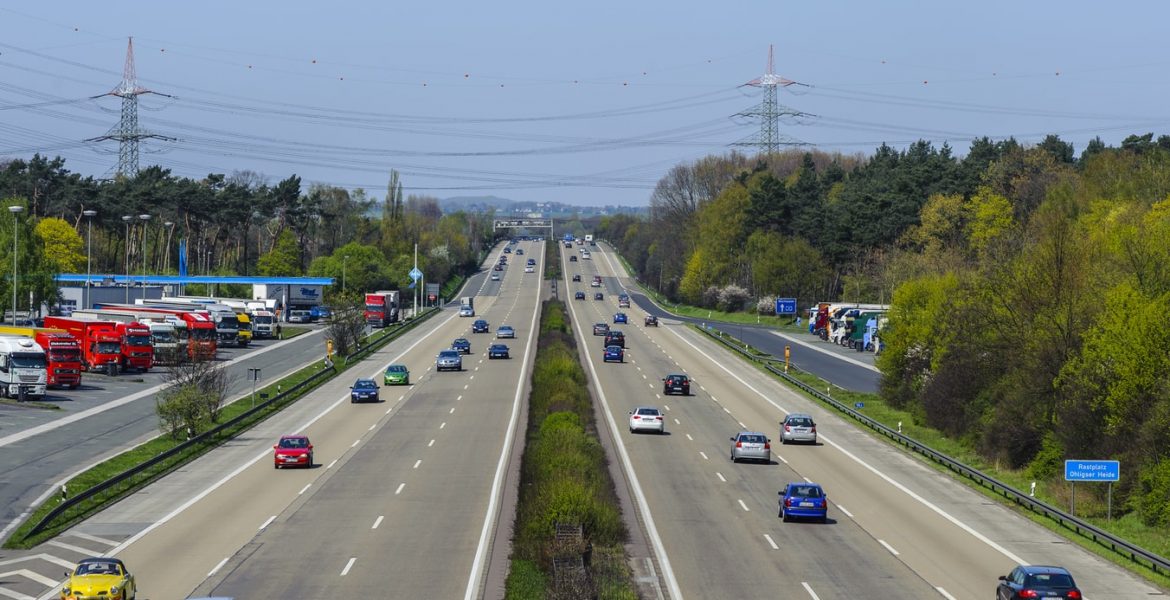Commenting on the data on road deaths in 2020 published by the European Commission, Antonio Avenoso, Executive Director of the European Transport Safety Council (ETSC) said, “The EU has a new target for 2030 to reduce deaths and serious injuries by half. If we are to succeed this time, we need to avoid the mistakes of the past decade.”
“The EU needs to act now, not wait years before taking action. Measures agreed in law should also not be weakened during the implementation phase. That, regrettably, is what we are seeing today with mandatory vehicle safety measures including Intelligent Speed Assistance (ISA), Electronic Data Recorders (EDR) and Direct Vision standards for lorries. Once the laws were agreed, these new standards have ended up facing death by a thousand cuts in working groups. Industry interests get too much say and, in the case of EDR, there has been an overly strict approach to data privacy. Both factors could lead to lasting damage to the safety potential of this legislation.”
“The Covid-19 pandemic has shown how quickly the road safety situation can change. As traffic levels reduced and police time was spent on other things, speeding went up in several countries. On a positive note, as cities put in place new cycling infrastructure, cycling numbers increased. We need to learn the lessons and build a safer and more equal system for all road users – giving back separated space for healthier, sustainable activities like walking and cycling.”
“Finally, EU Member States need to step up. Road safety is an EU, national and local issue – which requires action at every level. The EU can set a framework, but Member States and cities can and must take bold and rapid action. The Covid pandemic has shown that this can happen, let’s not lose that momentum.”




